When Google first announced the Android Wear system in March 2014, when we saw the first smart watch running it, it might not be the same as we thought. As time goes on, we see that Google is building a system platform through the connection with smartphones, and Android Wear has become the first choice for many third-party manufacturers to launch smart watches. But for Google itself, we have never seen a smart watch that really belongs to Google itself.
This year, Google first launched its own Pixel and Pixel XL smartphones, so this also made us look forward to Google’s own smartwatches, and there is already news that Google will launch a real next year. Google smart watch.
Therefore, before Google’s smartwatches will be brought to the next year, we still have the opportunity to sort out the new features of the latest Android Wear system and smart watches. According to Google’s previous patents, we can see the first thing. . At present, Apple's Apple Watch is very colorful, and this time it is finally Apple's turn.

October 2012: Reversible transparent screen
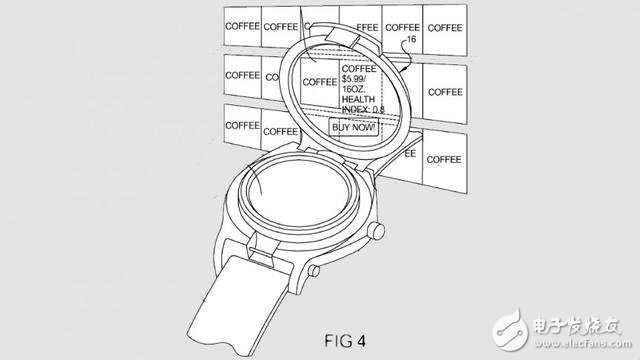
In this patent, Google has a translucent glass screen that can be flipped open on the watch to directly display reminders on the phone, or information like Gmail, Google Maps and other applications.
Since this is a translucent screen, it can also be augmented reality. For example, if you align the watch screen with a bunch of coffee packages in the supermarket, the screen will show how much coffee is sold elsewhere and place an order directly. . If you point your watch at the building, you can also give a driving route map based on your GPS information. Since this small screen can identify objects, Google wants to advertise here is also a matter of course.
May 2013: Touchable interface watch
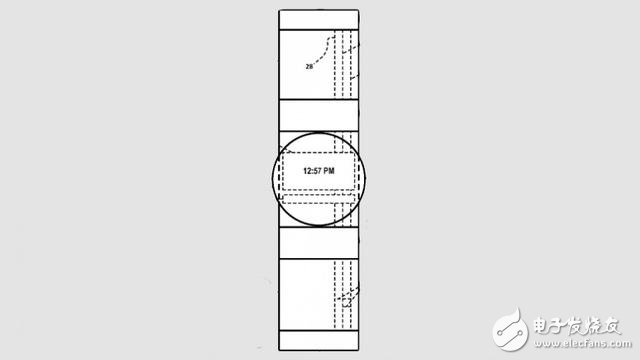
This patent describes a touchable interface for a watch that is somewhat similar to the interface of Google Glass. The patent application filed by the song is titled "Smart Watch with User Interface Function". Google's concept device in the patent tender has a standard smart watch function, equipped with display, processor, wireless transceiver and user. Interactive interface, etc.
According to the patent description, the wristband of Google's smart watch is a sensitive touch device, which means that the wristband of Google's smart watch may be an input device, allowing the user to control all functions of the watch through the wristband.
September 2013: Detectable user sight
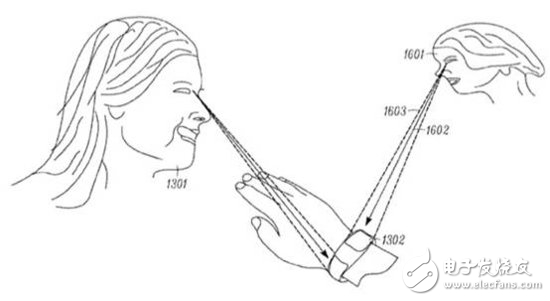
According to the patent filing, the smart watch with this patent will have a "line of sight detection" function. When the user's eyes stay on the smart watch, it will perceive the user's gaze and know that the user is watching it. In addition, this smart watch will also have a touch screen design and built-in more health tracking sensors to help users monitor their pulse, body temperature and heart beat.
December 2013: Hello Moto
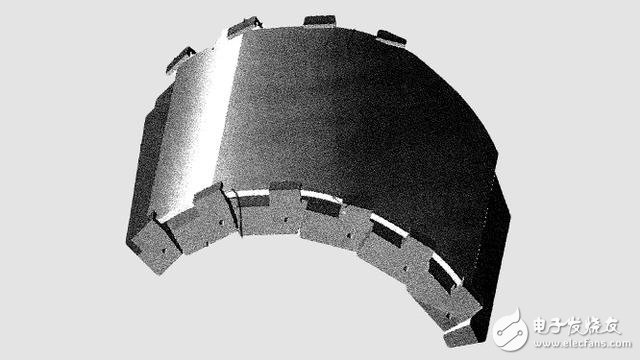
At the time, Google acquired Motorola, so some of Motorola's patents related to smart watches also provided some basis for Google. For example, this patent related to flexible screen smartphones, Motorola's patent described as "electronic devices with flexible screens."
In the patent application, Motorola specifically described the device as a smart watch with a flexible screen and a flexible dial that allows for seamless curved bending and looks great when the strap is wrapped around the user's wrist. Other than that, no other more detailed information was provided.
January 2014: Gesture Control

The patent was actually applied by Google in 2008 and was only approved in January 2014. The patent is a "small device based on gesture control" that depicts the user interacting with the watch's screen and other sensors through gestures. The patent came from Google senior scientist Rich Gossweiler, who had previously applied for a number of patents.
One of the challenges of this patent is the need to cover the display with a finger, and in the design the sensor is used to recognize the movement of the gesture above the screen. In another design, we flipped the screen to analyze touch points and push operations.
March 2014: Motorola's biometric technology

At the Southwestern Conference on March 9, 2014, Google’s Sundar Pichai said for the first time that Google will release a wearable device software platform that will be named Android Wear. From this point on, Google has made it clear that it wants what.
This is another patent from Google's Motorola, this time about the strap of smart watches. The smart watchband integrates the application launch button and, based on the patented documentation, provides functions such as a telephone keypad that can be used to remotely control other electronic devices.
At the same time, the strap can also detect the user's biological signs, and the premise of these effects is that the strap portion needs to be in full contact with the user's skin. Not only is Apple, but Google is also interested in smart watches with biometrics.
March 18, 2014: The birth of Android Wear
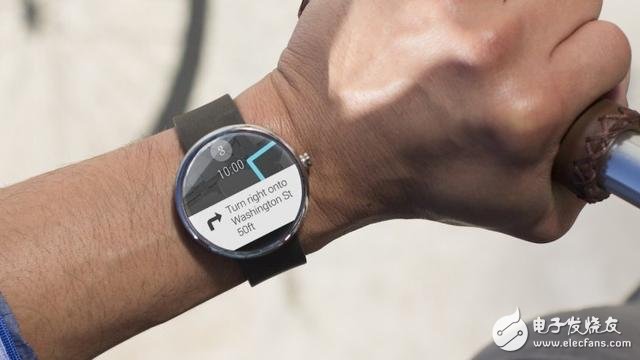
On this day, Google officially announced the developer preview of the Apple Watch system, and announced that Motorola, LG, Samsung and HTC have become partners, and Motorola and LG have released two smart watches Moto 360 and LG G Watch. Among them, Moto 360 has attracted a lot of attention. The first round dial is more elegant than the square dial of LG G Watch, which is closer to the traditional smart watch.
Although there is no real Google smart watch yet, there are already a lot of rumors about the device. Over time, Google has made a lot of modifications and improvements to the Android Wear system, and the Android Wear 2.0 system has been postponed until 2017, and is this time node to match the Pixel smart watch?
March 2015: Medical field

In addition to smart pills, Google also wants to extend to the medical field on smart watches. According to the patent image, Google's new patent is a wearable device worn on the wrist, just like the smart watch or smart wristband we are familiar with. According to the patent description, the wearable device can transfer nanoparticles to the human body through radio, magnetic field, sonic pulse or infrared through the electrophoresis phenomenon of nanoparticles.
Google's idea in this patent is mainly to transfer substances similar to the previous pills to the human body by electrophoresis to eliminate cancer cells in the body. The magnetic energy that comes with the device can help the wearer's blood circulation.
In fact, this wearable device is not just for cancer, Google said it can also be used to treat other diseases. For example, for patients with Parkinson's disease, special equipment can be directly delivered to the body through this device to relieve symptoms.
December 2015: Blood sampling analysis
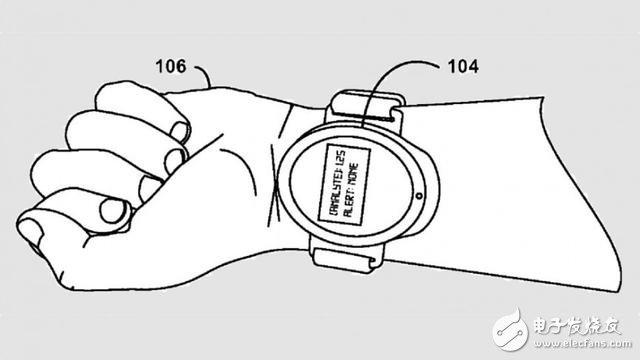
In this patent, Google incorporates a "needle-free blood drawing" system in the watch. The picture in the patent application shows that the system may be developed into a traditional hand-held fingertip blood drawing device, or similar to a smart watch. Wrist equipment. This means that Google is expected to develop another wearable medical device.
The needle-free blood drawing system works by pulling a very small wound from a negative pressure cylinder through a micro-particle-containing gas knife at the fingertip, and emitting high-speed microparticles through the pulsed air pressure to pierce the skin and draw blood. Once the blood flows out of the skin, it will be absorbed by the negative pressure cylinder. It will be used to measure blood sugar levels in diabetic patients and can be operated automatically or manually. This system will be open to most wearable devices to help these ordinary smart devices be further upgraded to applicable medical devices.
After bringing this watch, users only need to take two tablets containing nanoparticles every month. The magnets fixed in the wristband collect the nanoparticles and analyze whether they contain cancer cells. This will allow the user to know their physical condition in advance. The system monitors user health data 24 hours a day. The purpose of this device is to measure heart rate, read blood sugar levels and blood pressure, and generate other health-related information.
In July of this year, it was reported that Google is developing two smart watches and will integrate the latest Google Voice Assistant. According to the latest news from Evan Blass, the big news in October, the two smart watch development codes are divided into Angelfish and Swordfish, which will be officially unveiled in the first quarter of 2017.
RAM/RFM electric heating capacitors
RAM/RFM electric heating capacitors
Electric Heating Capacitor,Film Heating Capacitor,Electric Capacitor Bank,Induction Heating Capacitors
YANGZHOU POSITIONING TECH CO., LTD , https://www.yzpstcc.com